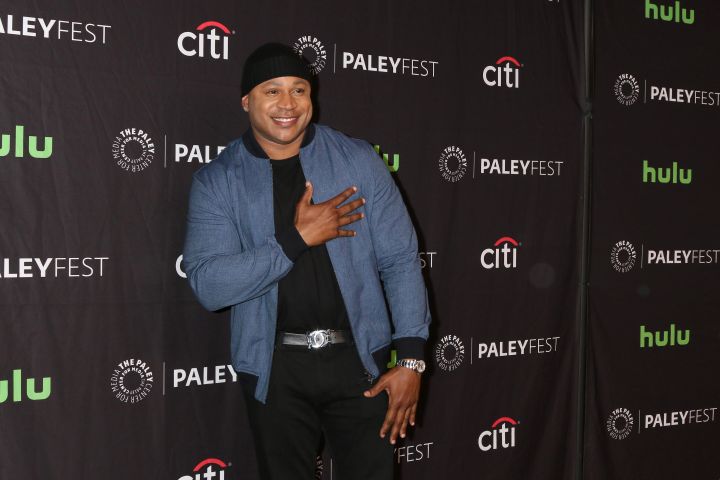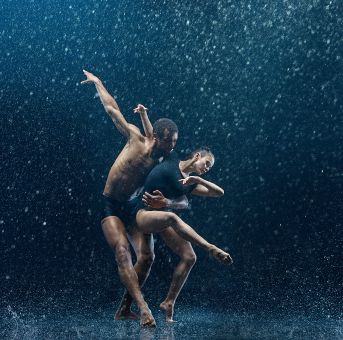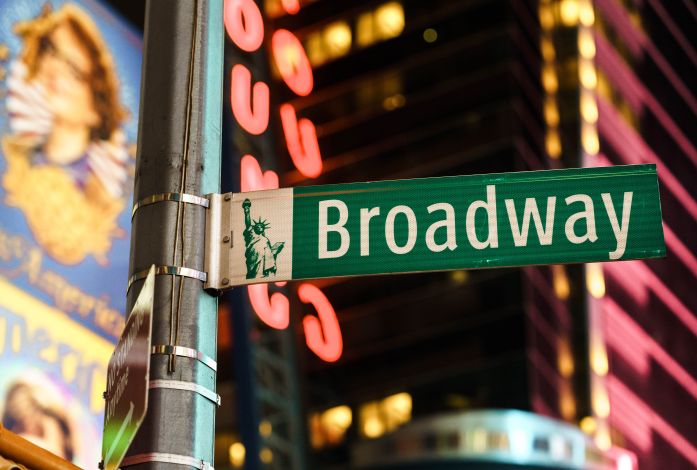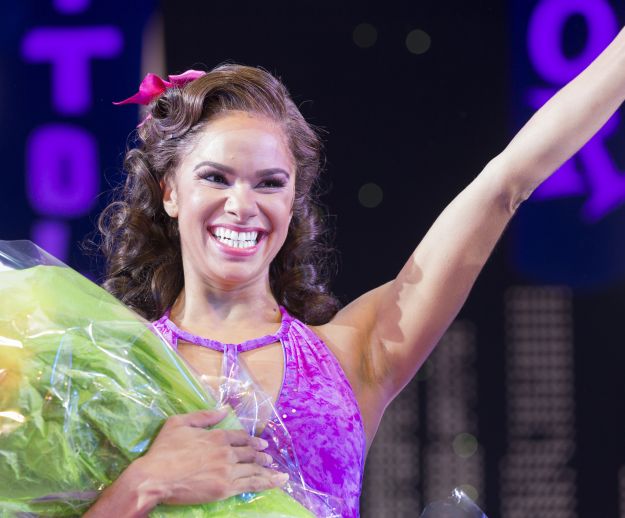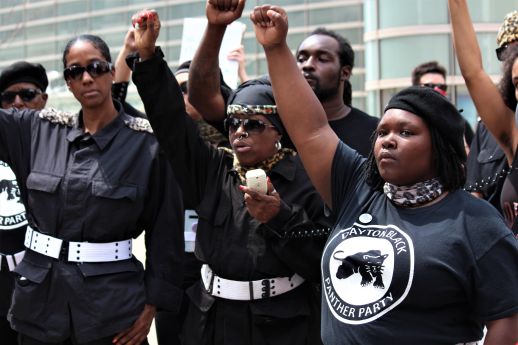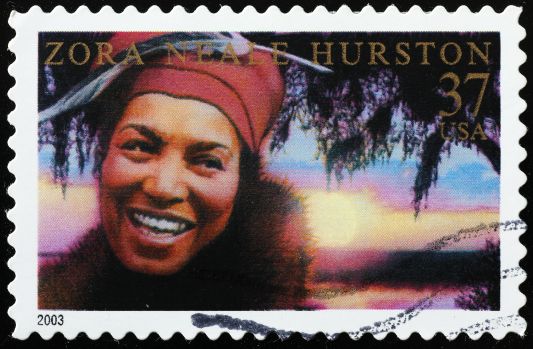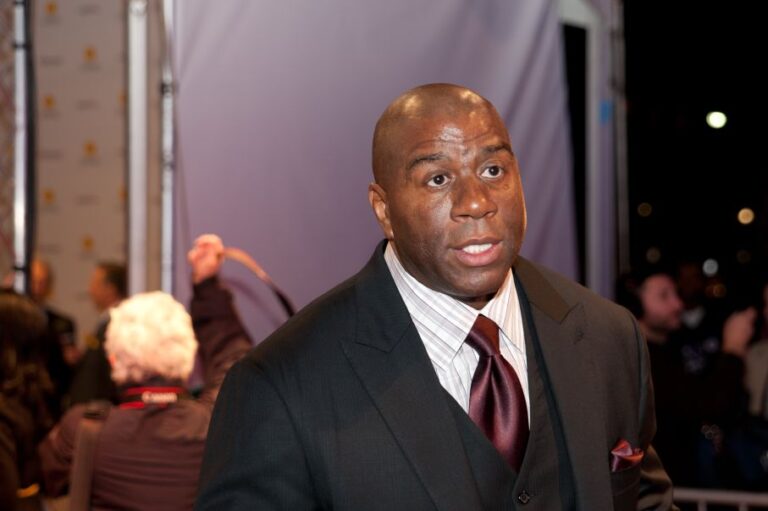African Americans have played an important role in medical history. In spite of the oppression they faced, African Americans were able to contribute to health care throughout history. There are several notable African American doctors in history who made great contributions to medicine and helped improve the lives of people all over the world. These black physicians had to work twice as hard as others just to get the same opportunities. Their achievements not only paved the way for other African Americans in medicine but also inspired others to pursue careers in this field.
African Americans have played an important role in medical history. In spite of the oppression they faced, African Americans were able to contribute to health care throughout history. There are several notable African American doctors in history who made great contributions to medicine and helped improve the lives of people all over the world. These black physicians had to work twice as hard as others just to get the same opportunities. Their achievements not only paved the way for other African Americans in medicine but also inspired others to pursue careers in this field.
Louis T. Wright
On July 23, 1891, Louis Tompkins Wright was born to formerly enslaved people in La Grange, Georgia. Wright graduated from Clark University in Atlanta in 1911 and from Harvard University Medical School in 1915. He was a medical researcher, a war hero, and a political activist. He joined NAACP picket lines to protest The Birth of a Nation three weeks after graduating from medical school at Harvard in 1915. He graduated fourth in his class.
In World War I, Louis Wright served as a physician and Captain in the US Army. He saved many lives by implementing life-saving treatments, and he contracted poison gas that left him with a lifelong respiratory illness. After returning to the United States, he settled in New York City. In 1919, Wright became the first African American surgeon on Harlem Hospital’s surgical staff. He raised standards for patient care, enhanced the professionalism of the hospital’s staff, and brought it to national prominence. Toilet paper was placed in the bathroom, and Wright began publishing the Harlem Hospital Bulletin to elevate the standards of patient care at Harlem Hospital.

Louis and Corrine Wright had two children who became physicians. From 1939 to 1949, Louis Wright served on the staff of Harlem Hospital as a directory of surgery and a member of the medical board. He became an expert in head injuries and used the intradermal method of vaccination.
Jane C. Wright
During an era of widespread racial and gender discrimination, Dr. Wright was one of two daughters to pursue medicine at a nationally renowned medical institution—the first Black woman to be an associate dean at New York Medical College. In 1967, she was the first woman and the first Black person to hold this position. She was also the highest-ranking Black woman at an American medical school. She was a pioneer in cancer research and education, being the only woman and the only African American on the board of directors of the American Society of Clinical Oncology, which later became the American Society of Oncology.
In 1945, she graduated from New York Medical College with highest honors after a three-year accelerated program. She subsequently completed her residency at Harlem Hospital, where her father, Dr. Louis Wright, ran the Cancer Research Foundation. After Dr. Louis Wright died in 1952, Drs. Wright and Wright were named head of the Cancer Research Foundation and director of the Cancer Chemotherapy Research Department at Harlem Hospital. She studied a wide range of anti-cancer compounds, studied the connection between patient and tissue culture response, and developed new methods for administering cancer chemotherapy. She joined NYU’s surgical research department as an associate professor in 1955 and became the director of Cancer Chemotherapy Research at Bellevue and NYU at the age of 33.
The President’s Commission on Heart Disease, Cancer, and Stroke hired Dr. Wright in 1964. In addition to studying stroke, heart disease, and cancer at New York Medical College, she also developed a new course that taught doctors how to administer chemotherapy. The Jane Wright Cancer Society was the first woman to lead it. She was also a founding member of the American Society of Clinical Oncology.
At an early age, Dr. Just demonstrated a gift for academic research. In 1907, he was the only graduate of Dartmouth College with a degree in zoology who received a magna cum laude degree in botany and history and honors in sociology. He also graduated cum laude from Dartmouth. Immediately after graduation, he was hired as a professor at Howard University where he taught zoology, botany, and history until his death. He also served as a professor in the medical school and head of the Physiology Department at Howard University. Because of his accomplishments as a pure scientist, the NAACP presented the first Springarn Medal to Just in 1915. In 1916, Dr. Just received his doctorate in experimental embryology at the University of Chicago. He received his degree cum laude.
During the summers from 1909 to 1930, Dr. Just worked at Woods Hole’s Marine Biological Laboratory and carried out thousands of experiments studying marine mammal egg fertilization. He proved Jacque Loeb’s theory of artificial parthenogenesis was incorrect in 1922, pushing the envelope. He utilized his work at Woods Hole to publish his first book, Basic Methods for Experiments on Eggs of Marine Mammals.
Conclusion
The black doctor’s humanity is what makes him so great and what makes him different from any other doctor. He is one of a kind because he has to be, in order to understand what makes him different from his white counterpart. He has to understand what white people have been taught about him and try to change those perceptions. He has to be not just a great doctor but a great human being, too.
Perhaps the most important contribution of the black doctor is the positive example he has set for his people. In a world where an individual’s success is often judged on the color of his or her skin, the black doctor has shown that it is possible to succeed in any profession, regardless of skin color. The black doctor is not only a great doctor — he is a great example of what we all can be.

